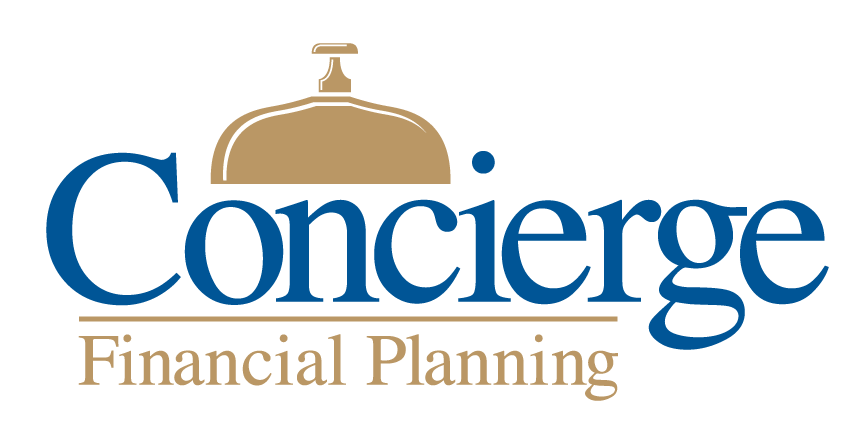The Sweet Spot for Roth Conversions
Submitted by Concierge Financial Planning, LLC on February 17th, 2020
“Should I be converting to a Roth IRA?” asked John recently during our Getting Acquainted Meeting. His is the second most frequently asked question I’ve had over the past six months from both existing and potential clients, so I wasn’t surprised. The media has been focusing on the Roth conversion over the past year and everyone is wondering how they can take advantage of the opportunity.
Is a Roth IRA conversion right for you? This can be a complicated decision and it is heavily dependent on one’s tax situation: If you think you’ll be in higher tax bracket in the future, then making a Roth conversion now could be right for you.
Conversely, if you feel that your tax bracket will decline in the future, then waiting is the right strategy, like my clients Mitch and Sandy. The couple are 55 years old and like many of my clients, they are at or near the peak of their earnings cycle—paying taxes at 37% federal and 6% New Jersey. Mitch and Sandy plan to retire at 65 and leave New Jersey. Once they do this, they are likely to be in the 24% federal tax bracket and living in Florida, a state without income taxes. They do not appear to be good candidates for a Roth conversion this year.
Frequently there is a sweet spot for Roth conversions that takes place between retirement and age 72, when required minimum distributions must start.
Once Mitch and Sandy retire, they will have five years before they must start Social Security and 7 years before they must start distributions from their retirement accounts. When they stop working, their income will fall dramatically, and they will likely be in the 22-24% federal tax bracket. However, once they are receiving full Social Security benefits and taking required minimum distributions, they will experience the “tax torpedo” and pop back up into the 32% tax bracket. What’s more, after 2025 when the Tax Cuts and Jobs Act provisions sunset, that 32% will be probably be 35%. Yikes!
To help ease their future tax burden, Mitch and Sandy are planning to do a series of Roth conversions. Each year between 65 and 70 they will convert as much as possible to Roth while still staying in the 24% tax bracket. Even though they will pay more taxes each year during this period, they would rather pay taxes at 24% than at 35%, which is what will happen if they wait until after age 72 to withdraw from their IRAs. They understand that the total taxes they pay over their lifetime is more important than the amount of taxes they pay in any one given year.
Of course, there are other considerations as well. Mitch and Sandy will need to be very careful when determining exactly how much to convert to Roth. They want to be sure they don’t realize too much income, which may cause an increase in their Medicare premiums or capital gains rates. What’s more, if they stay in New Jersey they will have to consider the effect of the conversion on their state income taxes; for example, they may no longer be eligible for the over 62 pension exclusion.
While Roth conversions are a hot topic and media darling these days, the decision to convert is a complex and individual one that needs to be evaluated every year. It turned out not to be right for my new client, John, but could be a very effective strategy for Mitch and Sandy as they plan for their retirement future.

